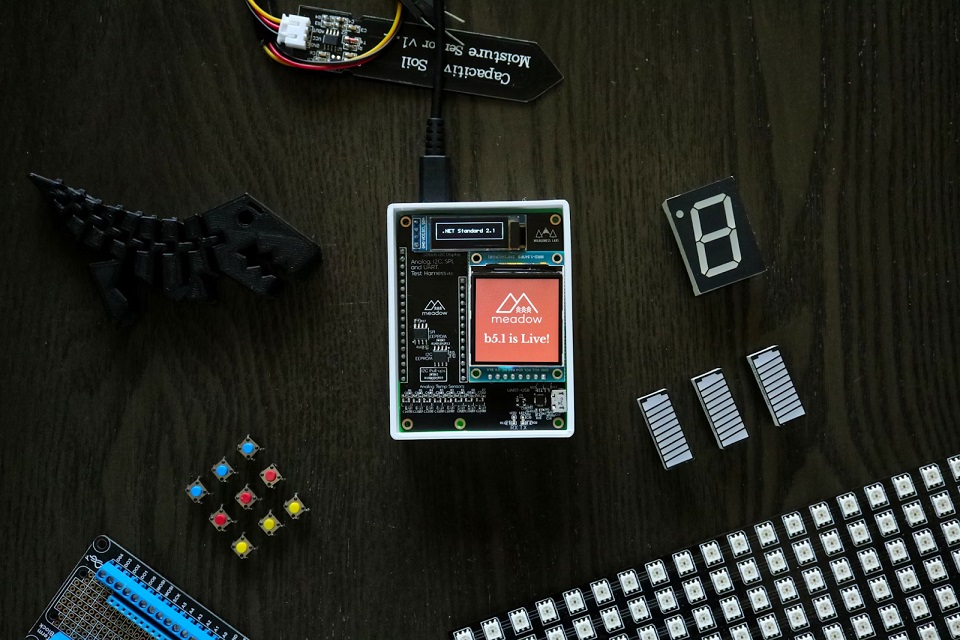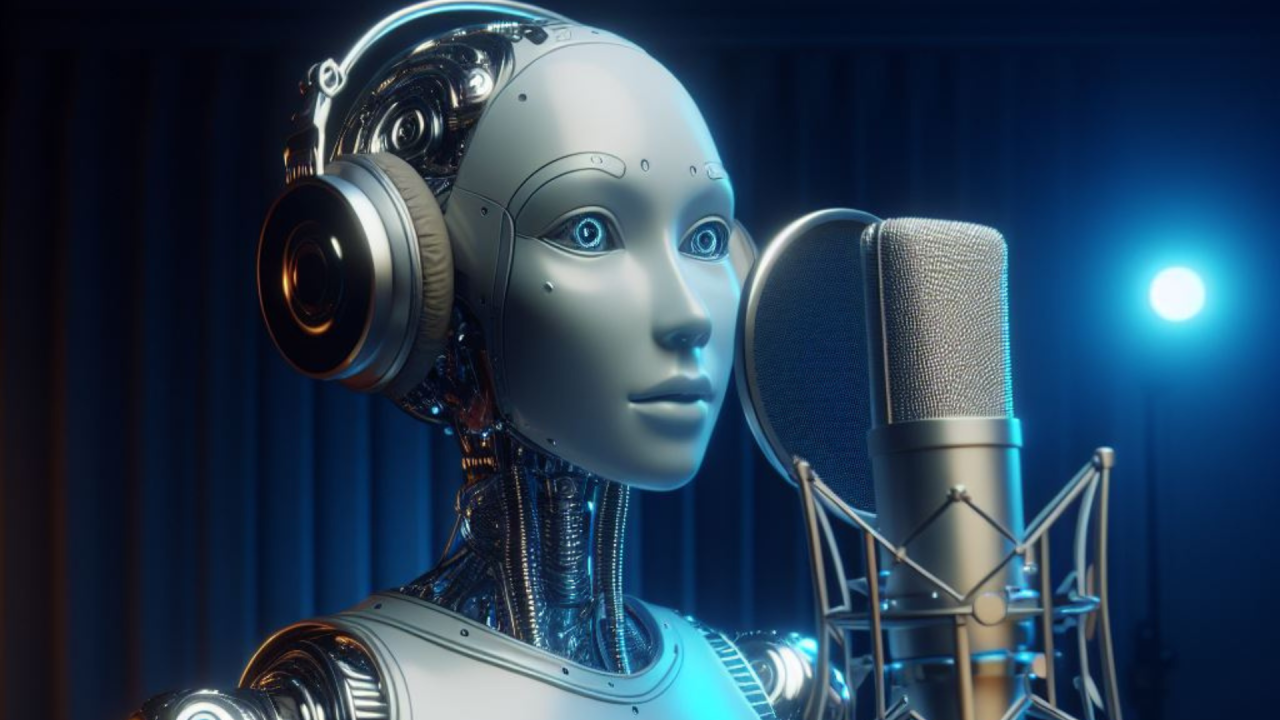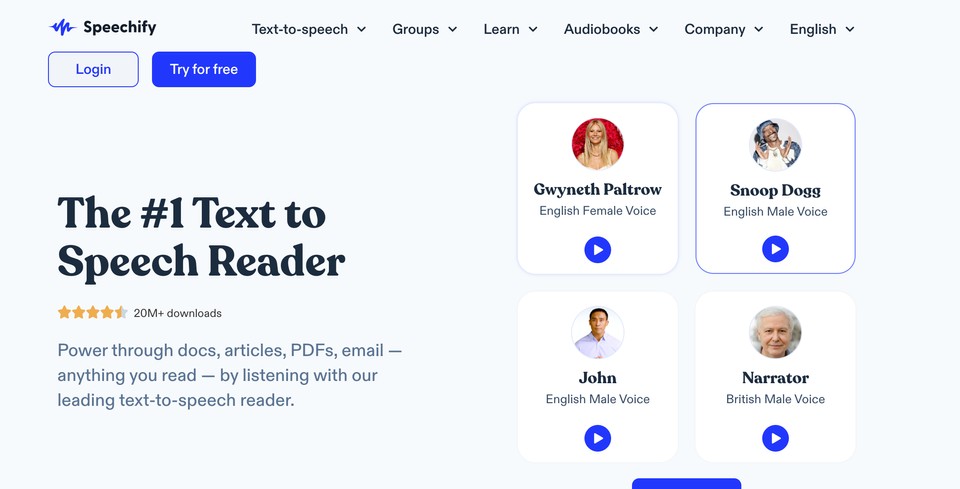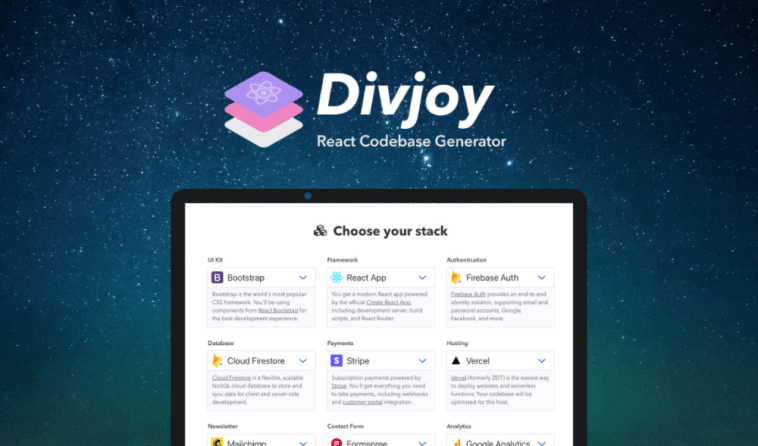The whole world of entertainment has been totally transformed by IoT technology to change the way people can consume and deal with it. With smart devices for live data analysis, IoT has revealed many possibilities for the entertainment sector. What is the future of entertainment and how does IoT contribute to it?
IoT in Entertainment Industry
The entertainment industry is always looking for new and interesting ways of entertaining as well as involving audience. The Internet of Things technology has allowed the industry to provide consumers with customized and engaging experiences. The connected devices make it possible for entertainment companies to collect valuable information in building their contents and offerings based on what they would have acquired from collated data.
In addition, IoT has provided channels for the spreading of content. However, as more subscription streaming services become available in the market an increasing number of consumer group relies on their connected devices like smartphones laptops, or Smart TVs to enjoy entertainment. This has led to increased demand for IoT-enabled products that propel the development of this entertainment sector.
Key Benefits of Internet of Things in entertainment
The IoT technology in entertainment industry and recreational activities is a breakthrough as it has come with numerous IoT advantages. Notably, it is possible to collect and analyze data in real-time. In the case of entertainment companies, IoT-enabled gadgets provide valuable data on consumer behavior and tastes as well as viewing patterns. Such data helps in the determination of what type of content should be produced and how it can best be shared. Companies will be able to generate more personalized and topical content, which helps them boost the engagement level as well as the satisfaction of target audiences.
A second important benefit of the Internet of Things is that it allows one to get personalized and interactive experiences. Now, it is possible to keep the content and recommendations personalized with these connected devices. This results in an interactive and connecting task that strengthens the consumer’s loyalty to brand.
IoT technology also offers better efficacy and comfort in situations of both media companies as well as consumers. For example, smart devices such as voice-controlled assistants can help the target audience to consume and use content in a more convenient manner. This ensures a frictionless smooth entertainment experience that leads to improved customer satisfaction.
The IoT can be also a low-cost provider of opportunities for the entertainment business. The connected device data allows organizations to identify trends and patterns in customer behavior so that they can focus their resources or products, as necessary. This can lead to loss of cost and revenues among the businesses.
Furthermore, safety and security can be improved using Internet of Things. In addition to locating dangers promptly, connected devices help theme parks and live events in conformance with needed crowd control measures. Apart from enhancing the user interface, this also ensures better safety and quality for consumers.
IoT Challenges in Entertainment
The use of the Internet of Things does come with its fair share of challenges. The issues here are centered on data privacy and security. However, the adoption of connected devices and data collection increases risks associated with information disclosure due to cyber-attacks. In a bid to protect the privacy of its customers, entertainment companies ought to have enough information security mechanisms.
The amount of data being collected and stored is increasing exponentially with the help of IoT devices. This may lead to data jamming because one is unable to sift through the information and come up with some useful insights. A demand for a corresponding data management and analysis technology that could facilitate such a huge amount and diversity of collected information.
Second, interoperability between different devices and platforms would be a problem. But while the evolution of IoT technology continues over time there is also inconsistency in protocols for device and platform communication. This will most likely lead to interoperability issues where devices do not communicate with each other and share data. This is indeed a challenge for entertainment companies that intend to provide seamless experiences from the part of users.
Additionally, the problems of trust and safety are associated with IoT devices. As these devices need to be networked, any major failure or interruptions in the same can turn fatal. For the end-user, this can lead to a lot of frustration and disappointment.
In order to overcome these challenges, entertainment companies will need a comprehensive adoption roadmap of IoT solutions. These steps include the implementation of data management and safety processes, and working with suppliers advocating for interoperability and reliability performance along with reliable network infrastructure.
Next-Generation Entertainment Solutions
One of the most captivating features that are related to the Internet of Things is innovation. They are virtual and augmented reality smart entertainment. For example, virtual reality takes consumers to an entirely different planet and offers a fully immersive experience. The use of IoT enabled devices, such as voice-activated assistants can further enhance users’ entertainment experiences by providing easy and direct access to content and information.
Real-World Examples of IoT in Entertainment
Information technologies are also constantly evolving and improving within the entertainment industry in which IoT technology plays a huge role. One of the largest IoT applications in entertainment is Disney’s MagicBand. Such RFID wearable device supplements the general theme park experience of visitors. The Magic Band has a hotel key, park ticket, and even a payment card. Nonetheless, it is also a valuable source of information about the guests’ behavior and preferences that Disney can use to improve its products or operations.
Another practical examples of internet of things in the entertainment industry is when Netflix uses data to improve its content recommendation algorithm. By collecting and analyzing statistics on which programs, and films users are viewing with what devices at various times of the day (or night), Netflix can be able to offer more personalized suggestions for their subscribers. This not only improves customer satisfaction and retention but also enables Netflix to cater to content that is suitable for a particular audience.
Furthermore, IoT is also applied in live events such as concerts and matches to improve the general experience for attendees. For instance, the NFL and NBA installed connected sensors in their stadiums to deliver real-time statistics on player plays or performances for fans. This data can also be applied to produce personalized and enjoyable games amongst fans through the competition.
Conclusion
In conclusion, the Internet of Things has significantly transformed the entertainment sector through improved opportunities for customized and immersive experiences. At the same time, there are some issues that need to be dealt with: data privacy and device compatibility. However, as there is continuous development in IoT technology, the future of entertainment will definitely get more thrilling and interesting.
With the entertainment industry adopting IoT, it is crucial for corporations to remain up-to-date and implement new methods so as not to affect their position from a competitive standpoint. Cooperating with an IoT solution and services company, businesses may implement the technology of the Internet of Things smoothly as well as make effective use of its opportunities. Therefore, do not delay but make the sound of IoT an intimate part of your entertainment setting.







Add Comment